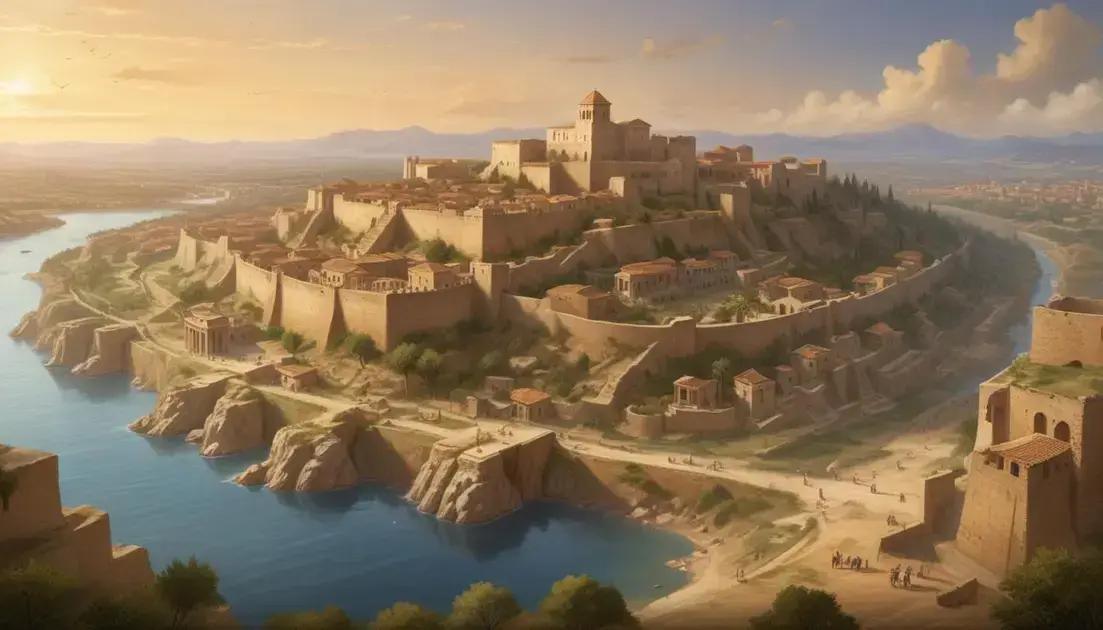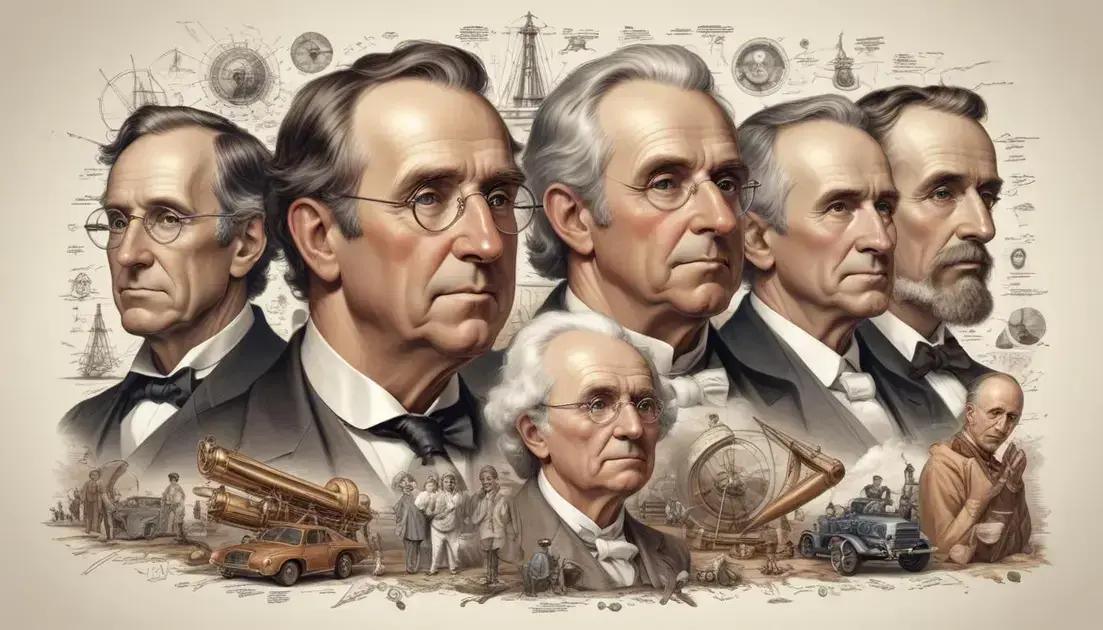
Christianity in Hispania: Southernization of Faith
The spread of Christianity in Hispania significantly transformed local culture and society. Early figures like Saint James and missionaries played key roles in this shift, blending local customs with Christian beliefs. As a result, new traditions, art, and community values emerged, demonstrating how faith influenced identity in Hispania. A comparative analysis highlights the varied experiences of Christianity’s spread in other regions, emphasizing the unique journey of Hispania in adopting this faith.
Christianity made its mark on the Iberian Peninsula very early on, influencing distant communities in ways we’re still exploring today…
The Spread of Christianity in Hispania
The spread of Christianity in Hispania was a significant event, reshaping the cultural and social landscape. This journey began in the first centuries AD, as the message of Christ reached diverse communities. Early followers brought faith to towns and cities across the Iberian Peninsula. They faced many challenges, yet they persevered and found ways to connect with locals.
Key Factors in the Spread
One major factor was trade. Merchants acted as links between regions, sharing knowledge and beliefs. As goods traveled, so did ideas about Christianity. Missionary efforts also played a crucial role. These missionaries traveled far and wide, establishing churches and converting locals.
Impact on Local Cultures
The blending of Christian values with local customs created unique practices. Festivals, art, and even local governance began to reflect these new beliefs. For many, being Christian became part of their identity.
Resistance and Adaptation
Not everyone welcomed Christianity. Some groups resisted, preferring their traditional ways. However, over time, the faith adapted, making allowances for local customs while maintaining core teachings. This helped ease the transition and foster acceptance.
Today, the legacy of Christianity in Hispania can be seen in many aspects of culture. From architecture to literature, its influence remains strong and continues to be explored.
Key Historical Figures
Many key historical figures played a vital role in spreading Christianity in Hispania. These individuals made a lasting impact on society and culture.
Saint James the Greater
One of the most famous figures is Saint James. He is often seen as the first apostle to reach Hispania. His teachings laid many foundations for the faith.
Saint Isidore of Seville
Another important figure is Saint Isidore. He was known for his efforts in education and writing. His works helped shape Christian teachings during that time.
Martyr Saints
Several martyrs emerged in Hispania, such as Saint Eulalia. They stood firm in their beliefs, even in the face of persecution. Their courage inspired many to follow their path.
Important Missionaries
Missionaries also played crucial roles. They traveled far and wide, sharing the Christian message. Their commitment helped many communities embrace Christianity.
These key figures still influence the cultural and religious landscape in modern Hispania, reminding us of the impact they made.
Cultural Impacts on Society
The cultural impacts on society from the spread of Christianity in Hispania were profound. This faith altered many aspects of daily life.
Art and Architecture
Christianity inspired beautiful art and buildings. Churches began to rise in towns and cities, showing unique styles. Artists created stunning works that depicted biblical stories.
Festivals and Traditions
New celebrations emerged as Christians honored holy days. These festivals blended old customs with new beliefs. For many, participating in these events became a cherished tradition.
Community and Social Structure
Christian teachings encouraged charity and caring for others. This strengthened community ties. People banded together to help those in need, creating a culture of support.
Education and Literacy
Religious institutions promoted education. They established schools that taught reading and writing. This helped people understand scriptures and grow in knowledge.
Ultimately, these cultural impacts shaped the identity of Hispania, blending faith with local customs. The legacy continues to influence society today.
Comparative Analysis of Other Regions
A comparative analysis shows how Christianity spread differently in other regions, compared to Hispania. Each area had its unique challenges and benefits.
Europe
In most of Europe, Christianity grew steadily through powerful leaders. Kings often supported the church, which helped spread the faith. Missionaries traveled to remote areas, building communities.
North Africa
North Africa faced more resistance. Local beliefs were strong, and early Christians faced persecution. Despite this, Christianity found roots in many cities.
Asia
In Asia, Christianity arrived much later. Trade routes helped introduce new ideas. However, the established religions posed significant barriers.
Comparison with Hispania
Hispania’s acceptance came through cultural blending. Religion intertwined with local customs, making conversion smoother. This contrasts with regions where conflicts arose. In Hispania, faith adapted, taking on unique forms that resonated with the people.
This analysis highlights how geography, culture, and politics shaped the spread of Christianity across different areas.
Conclusion
In conclusion, Christianity’s spread through Hispania had a lasting impact on culture and society. The unique blend of local traditions and Christian beliefs shaped a rich history. Key figures, like Saint James and Saint Isidore, played vital roles, encouraging communities to embrace this faith.
The cultural shifts included new art, celebrations, and a stronger sense of community. When we compare the spread of Christianity in Hispania to other regions, we see how geography and culture influenced acceptance. Each area’s journey was different, with its own challenges and adaptions.
This history shows us how faith can shape identities and communities, emphasizing the importance of understanding our past. As we explore how Christianity grew in Hispania, we recognize the ongoing influence it has on cultures today.


